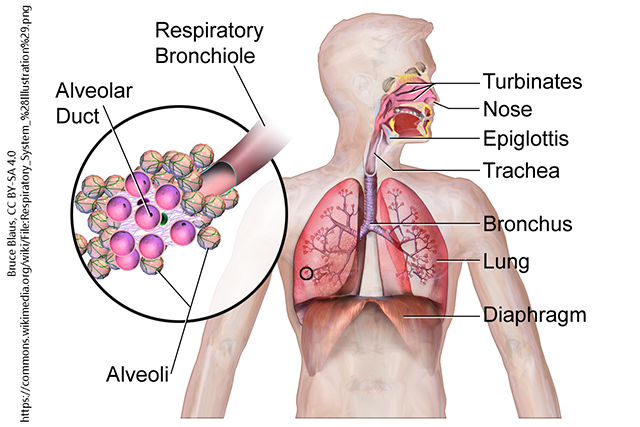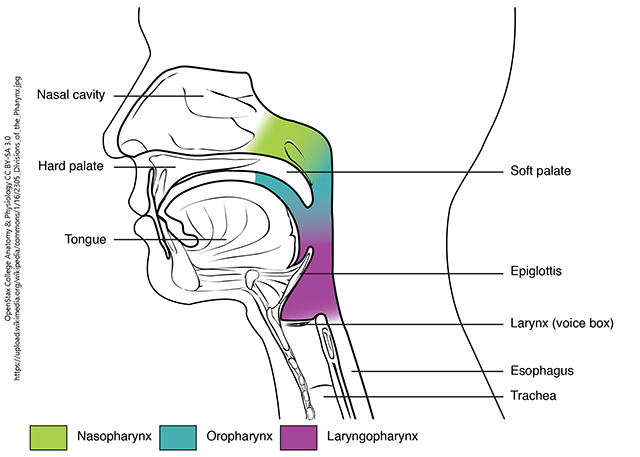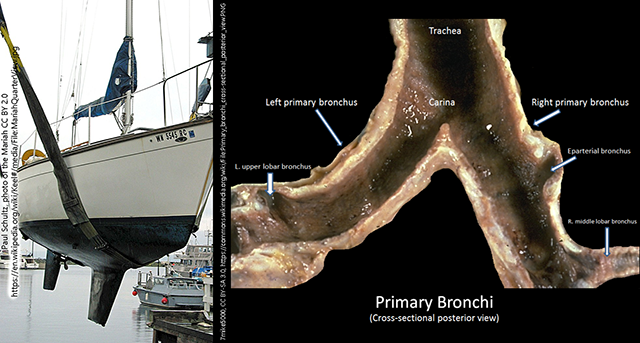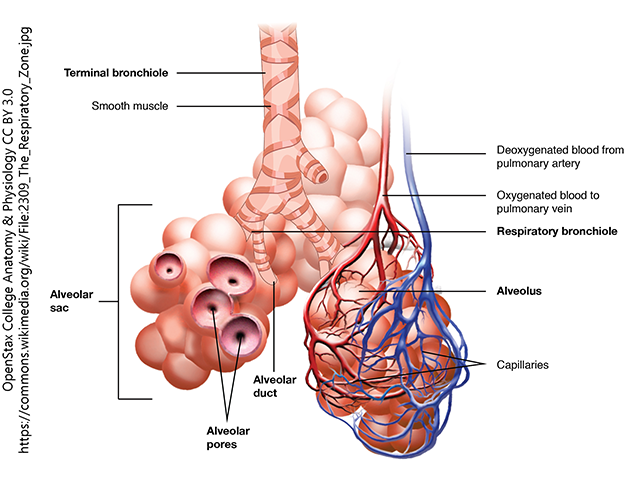The Respiratory System
Only [Med Terms] in the Building Episode 9

The respiratory system is a system that plays several roles in the physiology of our bodies. It helps us to move air in and out of our lungs (a process called ventilation) and enables our bodies to exchange gases between our blood and the air that we breathe (a process called respiration). Oxygen (O2) is exchanged for carbon dioxide (CO2) in the millions of tiny air sacs called alveoli that fill our lungs. Our respiratory system enables us to produce sound through our vocal chords and to smell along with receptors in our nasal passages. The respiratory system also heats and humidifies the air that we breathe. Cilia, which are part of the mucociliary escalator (a lining of cilia along the bronchi and trachea), help to trap tiny particles that we may inhale and move them upwards towards our mouth so that the air that reaches the alveoli is free of dust or dirt.


The trachea divides into two primary bronchi (one for each lung, right and left) at an anatomical feature called the carina, after the Latin word for boat keel.

Oxygen and carbon dioxide are exchanged in the lower respiratory system. The main bronchi branch into smaller air pathways called bronchioles and then terminal bronchioles and respiratory bronchioles which eventually terminate at the small air sacs called alveoli. We divide respiration (the exchange of gases such as O2 and CO2) into two categories: external respiration and internal respiration. External respiration is the exchange of gases between the pulmonary capillaries and the alveoli which contain atmospheric air. CO2 diffuses from the pulmonary capillaries into the alveoli; O2 diffuses from the alveoli into the pulmonary capillaries. Internal respiration is the exchange of gases between the tissues and the systemic capillaries. Oxygen diffuses from the systemic capillaries into the tissues; carbon dioxide diffuses from the tissues into the bloodstream. Carbon dioxide is carried back to the lungs, first by venules, then veins, then one of the two venae cavae, to be exchanged with oxygen. As we exhale, we release that carbon dioxide back into the air.
Media Attributions
- Unit 9 figure 1 Respiratory System Overview © Bruce Blaus is licensed under a CC BY-SA (Attribution ShareAlike) license
- Unit 9 figure 2 Divisions of the Pharynx © OpenStax College is licensed under a CC BY (Attribution) license
- Unit 9 figure 3 Coat Keel and Carina in Trachea © Paul Schultz & 7mike5000 adapted by Jim Hutchins is licensed under a CC BY (Attribution) license
- Unit 9 figure 4 Respiratory Zone © OpenStax College is licensed under a CC BY (Attribution) license

